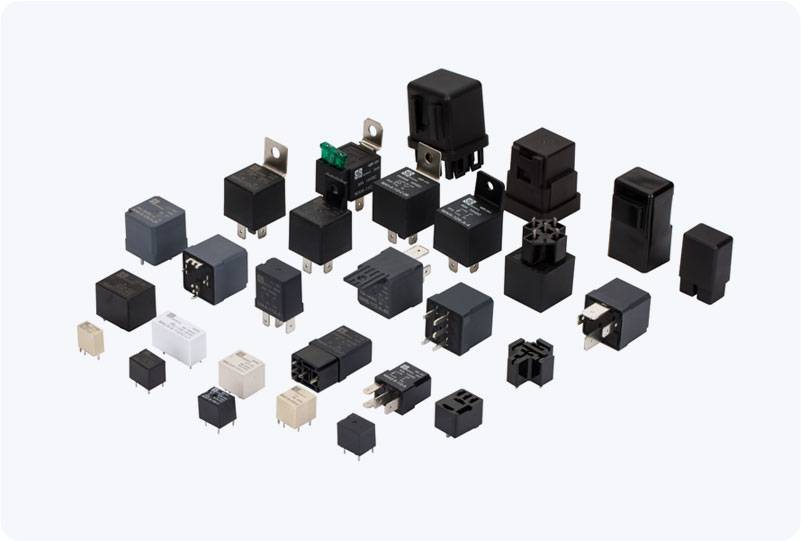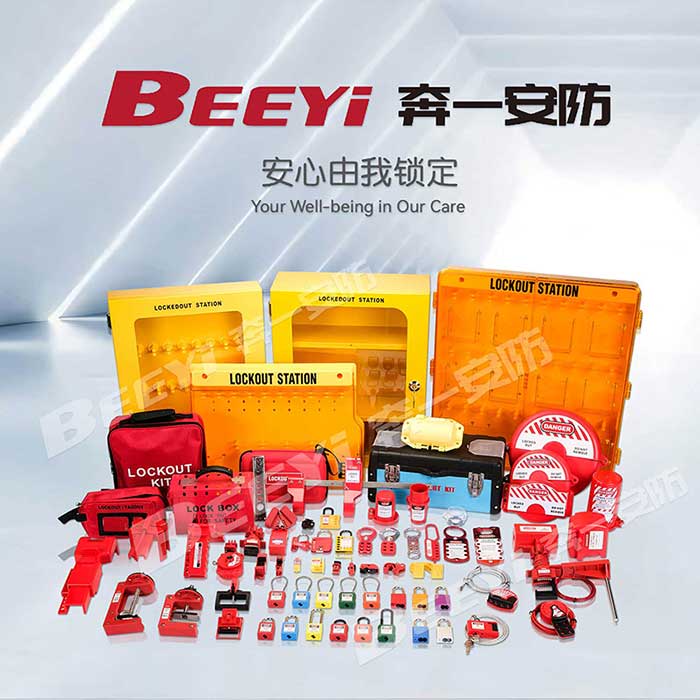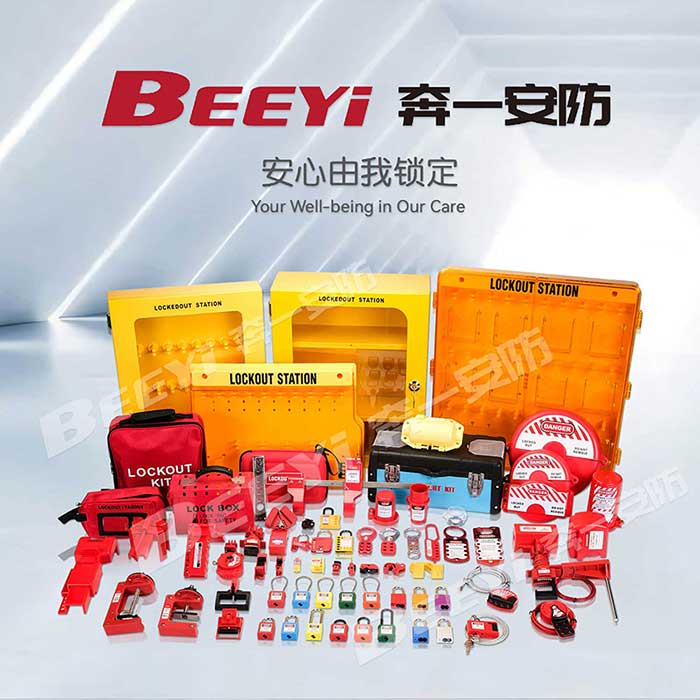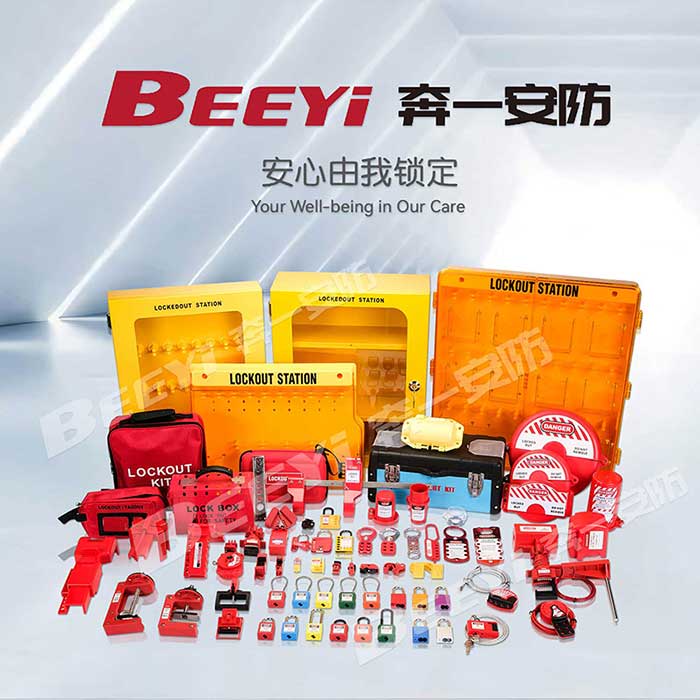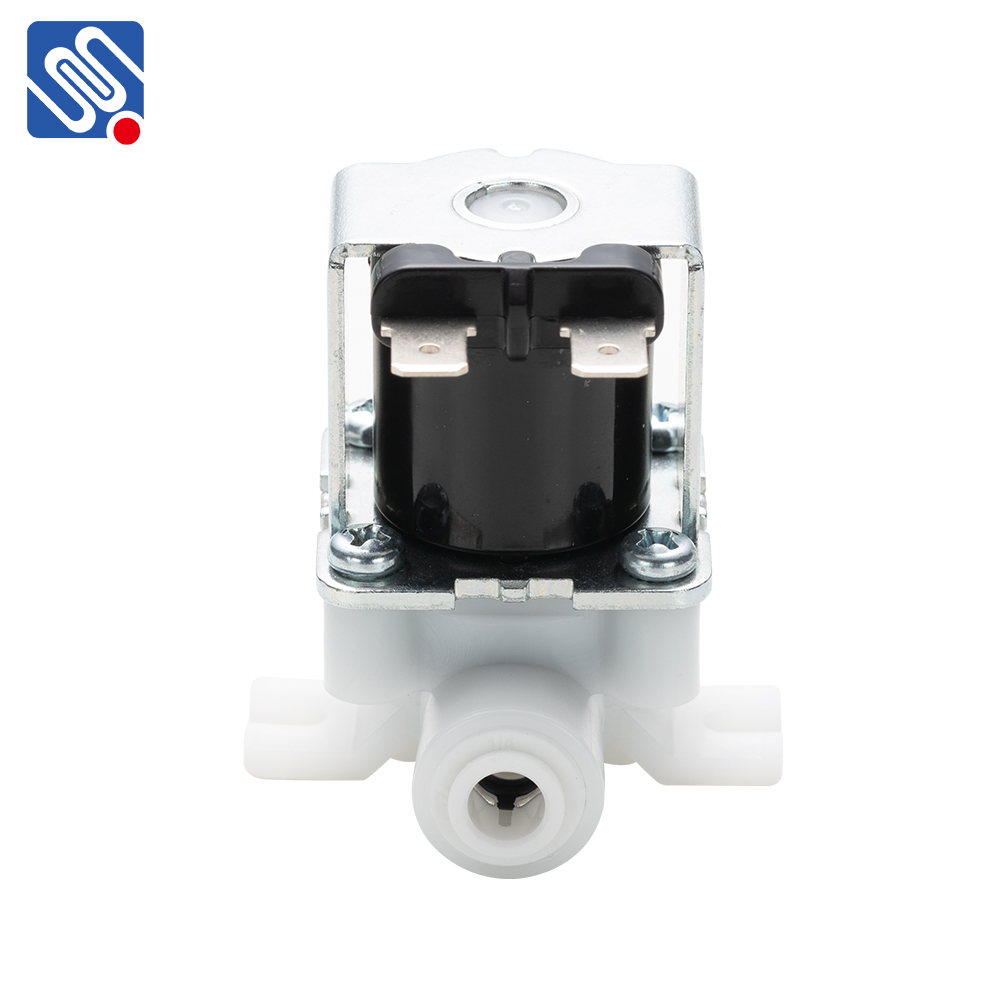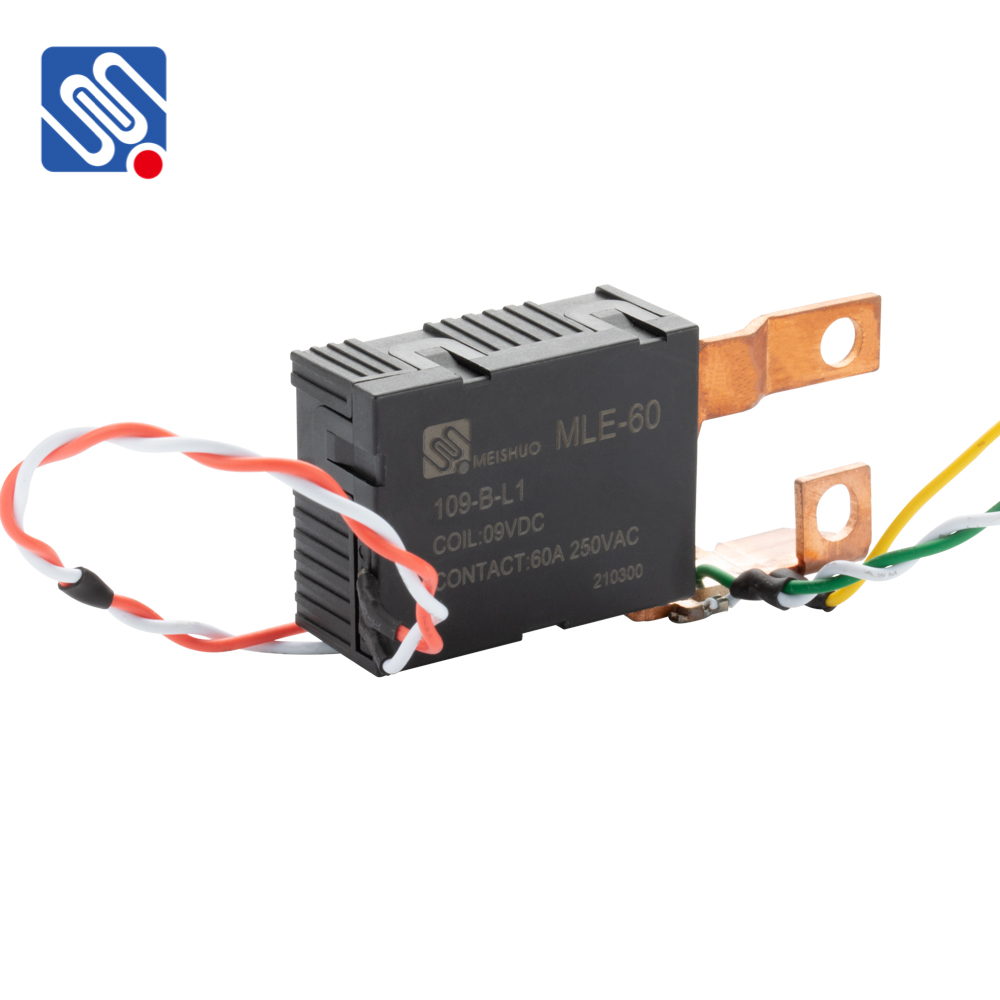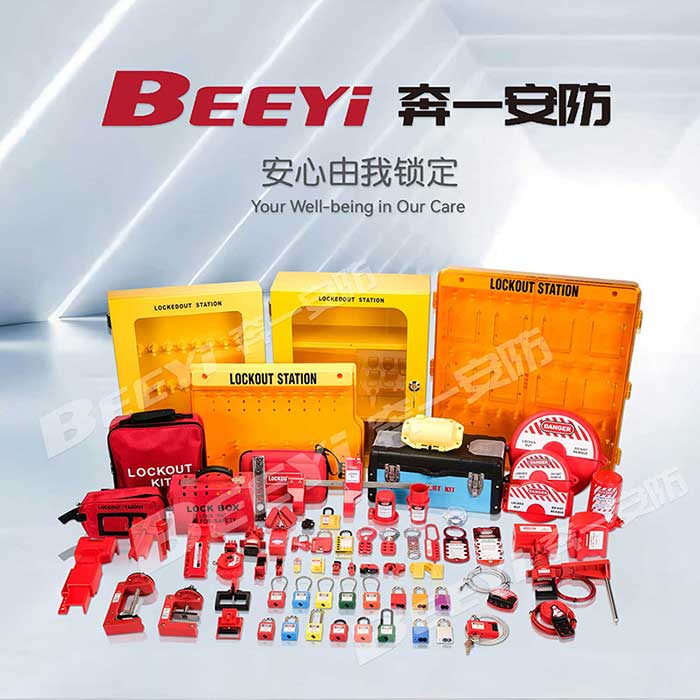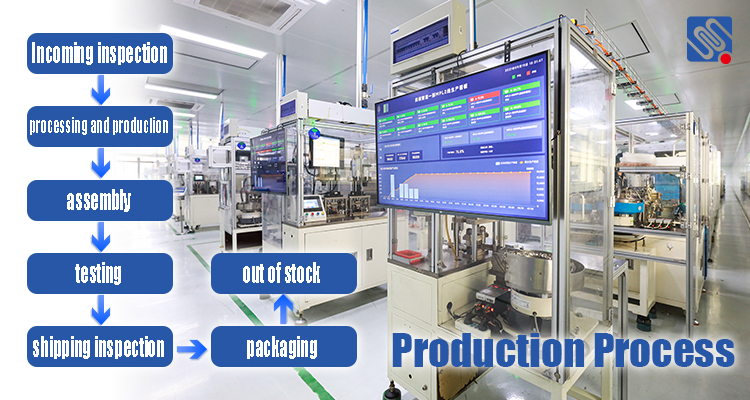Safety Lockout Kits are an essential tool in workplace safety, especially in industries where machinery and equipment are prone to causing accidental injuries. These kits are designed to secure energy sources to prevent the unexpected release of hazardous energy during maintenance or repair work. The price of Safety Lockout Kits varies based on several factors, including the components included, the quality of the materials, and the manufacturer. In this article, we will delve into the factors influencing the price of Safety Lockout Kits, the range of prices available, and key considerations when choosing a kit.

What is a Safety Lockout Kit? A Safety Lockout Kit typically contains a variety of tools and devices used to lock out electrical circuits, mechanical equipment, or hydraulic systems. These kits help ensure that machinery cannot be operated during maintenance, thereby preventing potential accidents. The kits are primarily used in industrial settings such as factories, construction sites, and power plants. The primary components of a lockout kit include locks, hasps, tags, lockout devices, and keys. Factors Influencing the Price of Safety Lockout Kits Contents of the Kit The components included in the kit significantly influence its price. Basic kits might contain only a few locks and tags, while comprehensive kits include multiple lockout devices for different types of equipment, such as electrical switches, valve lockouts, and circuit breakers. A more extensive kit with diverse lockout devices will generally cost more.
